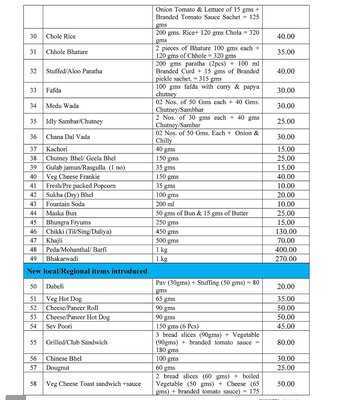 Education System Under Scrutiny
Education System Under Scrutiny
The recently published Performance Grading Index 2.0 by the Union Education Ministry highlights significant shortcomings in Assam's school education system.
This report reveals critical flaws in the government's educational policies, which are adversely affecting the academic growth and overall development of students. Assam has been placed in the second lowest category, sharing this ranking with nine other states, including five from the Northeast. The state's score falls between 461 and 520, positioning it tenth from the bottom among the 36 states and union territories evaluated.
Notably, Assam's rank has declined in the 'Access' category, which assesses student enrollment, retention, transitions to higher grades, and the integration of out-of-school children. It now stands third from the bottom, just above Arunachal Pradesh and Meghalaya. In the domain of Teacher Education and Training, Assam scored 52.1, only slightly better than Meghalaya's 46.8.
Despite years of investment aimed at increasing educational access, the results remain troubling. High dropout rates, especially at the secondary level, indicate that many students are struggling due to inadequate learning experiences, lack of motivation, and socio-economic challenges.
The challenges extend beyond mere access to education; quality is equally critical. The state government has concentrated on constructing schools and enhancing infrastructure, which are vital steps, but they do not guarantee effective learning. Genuine educational reform requires a focus on classroom dynamics, including teaching quality, curriculum implementation, and student involvement.
Teacher education and training is a crucial yet often neglected aspect. Teachers, who are essential to the education system, frequently lack adequate training. Additionally, many are overwhelmed with non-teaching responsibilities such as election duties, census tasks, and administrative work, which detracts from their teaching effectiveness.
This misallocation of teaching resources undermines the fundamental objectives of education. The prevalent distribution of 'freebies'—like midday meals, bicycles, and uniforms—is often defended as a strategy to enhance enrollment and retention rates.
While these initiatives have succeeded in attracting children to schools, they do not necessarily lead to improved learning outcomes. While such incentives can aid education, they cannot substitute for a solid academic foundation, qualified educators, and effective teaching methodologies. When these incentives become the primary focus, the essential goal of learning may be compromised.
Moreover, attempts to evaluate educational quality through programs like Gunotsav have not met expectations. These initiatives often emphasize metrics over substantial learning. To genuinely reform school education, the government must focus on enhancing teacher capabilities, minimizing non-teaching duties, and fostering a culture of accountability and support within schools.









